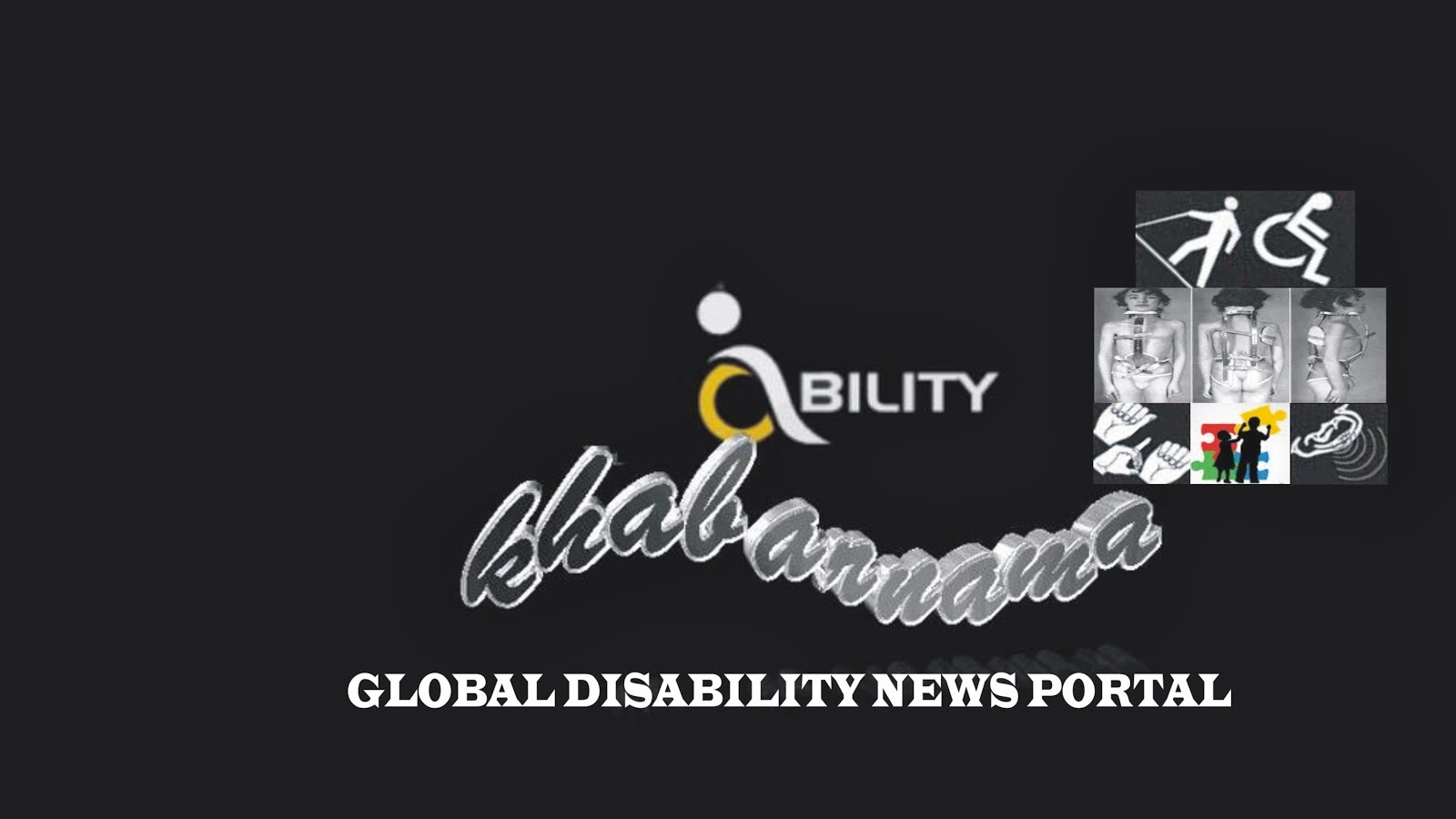Despite limited data and significant controversy, hyperbaric oxygen treatments are frequently marketed for use in children with neurologic disease. These treatments are expensive and require significant investments of time and finances for families. This study was designed as a randomized, double-blind controlled trial of hyperbaric oxygen vs. hyperbaric air in children with spastic cerebral palsy. The Department of Defense funded the study, which should minimize potential conflicts of interest. The authors found no significant differences between treatment groups in two functional measures (Gross Motor Function Measure [GMFM] global score and Pediatric Evaluation of Disability Inventory). Interestingly, the trial was halted at the second interim evaluation point because of the likelihood that no difference would be noted at the final endpoint.
The study did not control for concurrent therapies, though it was requested that no changes to concurrent therapies be made over the course of the study. Although the study did not directly address the possibility that hyperbaric air was therapeutic, the data showing no change in GMFM score before or after treatment make this possibility highly unlikely. Thus, this study addresses a timely and important question for patients and families affected by spastic cerebral palsy. The hyperbaric air group had a lower average age than the hyperbaric oxygen group, but it is unlikely this would explain any differences, given the ages studied. There were no other differences between treatment groups.
The significance of these results is that parents and providers now have more rigorous evidence on which to base a decision of whether to pursue this therapeutic option.
Source :
F1000 Prime
Article Track !
Ann Neurol.
2012 Nov;
72(5):695-703

No comments:
Post a Comment